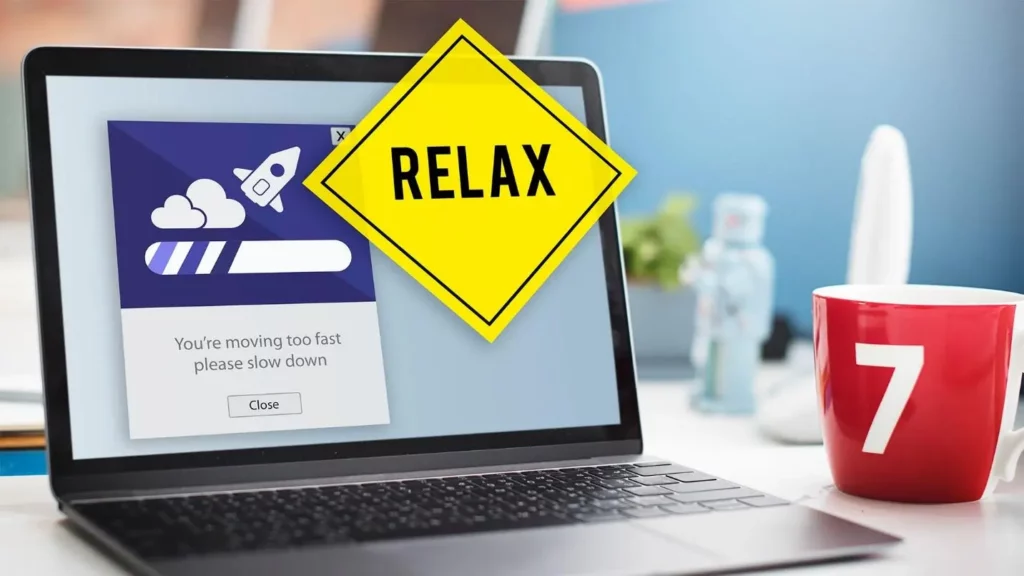Highlights
- Plugin conflicts, server problems, coding flaws, and other factors can cause website malfunctions, also known as “breaking a website”.
- Preventing website failures requires regular backups and testing modifications in a staging environment.
- Selecting dependable, up-to-date plugins and themes lessens compatibility problems that might cause websites to malfunction.
- To resolve a malfunctioning website, find the problem, disable plugins, restore backups, or get server-side assistance from support.
- Website failures can be avoided in the future by keeping an eye on performance and learning from previous problems.
If you’ve spent any time online, you’ve likely encountered a website that simply wouldn’t cooperate. A button might refuse to click, an image may fail to load, or a page might crash entirely. Usually, we call this event “breaking a website.” But the question remains what is meant by breaking a website, and how does it happen?
In essence, breaking a website means that some aspect of its functionality or appearance has malfunctioned, rendering it unusable or hard to navigate. This can range from minor bugs to a complete site failure. This may sound like a big deal but most of the developers face this issue.
Here we will discuss the reasons for website breaks, how to prevent them, and what are the recovery methods.
Why do Websites Break and How to Fix Them?
Numerous factors can lead to a website breaking. Understanding these causes can be helpful for both developers and users to direct potential risks. Here are some primary reasons:

1. Code Errors
Every website operates on code—HTML, CSS, JavaScript, and others. If this code contains errors it can lead to malfunctions and affect web page visibility. For instance, a missing tag or syntax error can cause buttons to malfunction or images to vanish. Even small mistakes can turn into major issues in Programming.
2. Plugin Conflicts
Many websites, especially those built on platforms like WordPress, utilize plugins for added functionality. However, incompatibilities between plugins or between plugins and core website code can break the site. For example, if you install a new SEO plugin, it might conflict with an existing one, leading to a non-functioning homepage.
3. Theme Updates
Websites using themes can face issues when those themes undergo updates. If the update doesn’t align with the existing settings or if custom code is applied, it can disrupt the layout or functionalities. These updates are essential, but they must be approached cautiously to avoid breaking a website.
4. Server Issues
Every website is hosted on a server, and any problems on that server can lead to a site crash. The origin of these issues may come from hardware malfunctions, server overload, or misconfigurations. Even a temporary outage can break a website and affect user accessibility.
5. Third-Party Script Problems
Many sites integrate third-party services—analytics tools, social media widgets, or payment gateways. If one of these services faces any issues, it can lead to malfunctioning features on the website. For instance, if a service that displays ads goes down, the entire page may fail to load.
6. Browser Incompatibility
Websites might function smoothly on one browser but break on another. Resulting in layout issues, missing features, or complete loading failures. To avoid breaking a website for some users Developers from Tambena Consulting make sure that their code is compatible with multiple browsers.
7. Human Oversight
Mistakes happen, and human error is a leading cause of website malfunctions. A crucial file might get deleted accidentally, or a change could be made without sufficient testing. These errors are usually accidental but they can lead to major website issues.
How to Prevent Breaking a Website
While encountering a broken website can be frustrating, several proactive steps can minimize the risk of such issues occurring:
Step 1: Backup Your Website Regularly
Regularly backing up your website is crucial. This means you should create copies of your data, files, and code. If you find your website is broken, you can easily restore it to a previous working state. Automatic backups are usually offered by many hosting providers, making this task simpler.
Step 2: Test Changes in a Staging Environment
Before making significant changes to your live site, test them in a staging environment. This is essentially a replica of your website, allowing you to experiment without risking the live version. One of the best approaches for plugin updates and theme changes.
Step 3: Use Reliable Plugins and Themes
When choosing plugins or themes, opt for reliable, well-reviewed options that are regularly updated. Outdated or poorly coded plugins are more prone to causing conflicts. Always check compatibility with your existing setup before installation.
Step 4: Monitor Your Website’s Performance
Utilize tools like Google Analytics and Google Search Console to monitor your website’s performance. These tools are really helpful for spotting issues like pages that won’t load or features that aren’t working right. Even for web applications, you need to have an application checklist that is justified before release. Catching these problems early can save you from bigger headaches down the line.
Step 5: Keep Everything Updated
Regularly updating your website’s core files, plugins, and themes is essential. Keeping everything current reduces the risk of breaking a website due to outdated components.
Fixing A Broken Website
If your website breaks despite your best efforts, don’t panic. Here’s a comprehensive step-by-step guide to help you address the issue effectively:
Step 1: Identify the Issue
The first step is to pinpoint what went wrong. If you’ve made recent changes—like updating plugins, themes, or core files—start there. Check your logs to discover any recent modifications. Check error logs through your hosting provider’s dashboard; these logs often contain valuable information about what caused the break.
Google Search Console can also pinpoint specific errors or issues affecting your website’s functionality. If your website is not loading properly, consider using browser developer tools to check for console errors.
Step 2: Restore a Backup
If you have a recent backup, restoring it is one of the quickest ways to recover your site. Most backup solutions allow you to roll back to a previous state with just a few clicks. Ensure you are restoring to a version that was fully functional.
After restoration, double-check that all features are working as intended and that the issue that caused the break has been resolved. If your backup solution supports incremental backups, consider restoring to a point just before the issue occurred for a more targeted approach.
Step 3: Disable Plugins
If you think a plugin might be behind the issue, the next thing to do is turn off all the plugins. Start by accessing your website’s admin dashboard and navigating to the plugins section. Deactivate all plugins at once to see if this resolves the issue. If the website starts working again, reactivate each plugin one by one.
This way you can easily pinpoint the plugin that’s causing the problem. Be vigilant and note any errors that occur during the reactivation process. If you identify a plugin conflict, consider looking for an alternative that provides similar functionality or reaching out to the plugin’s support for assistance.
Step 4: Contact Support
If the problem persists after trying the previous steps, don’t hesitate to reach out for help. Contact your hosting provider’s customer support team, as they can often provide insights based on server-side logs that you may not have access to. They offer support in many ways such as server configuration issues, hardware problems, and troubleshooting technical concerns.
Under our front-end development services, our professional developers can analyze your code and website setup comprehensively, potentially identifying issues that are not immediately apparent to you.
Additional Tips for Recovery
Document Everything: Keep a record of all changes made leading up to the issue.
- Test in a Staging Environment
If you have a staging site, replicate the issue there to test solutions without affecting the live site.
- Communicate with Users
If your site is down for an extended period, consider posting a message on social media or your main page (if accessible) to inform users of the situation.
- Review Security Measures
Sometimes, security plugins or firewall settings can inadvertently block legitimate traffic. Revisit those settings if issues persist after installing security measures.
- Learn and Adapt
After resolving the issue, take time to analyze what went wrong and how it can be avoided in the future.
Conclusion
Breaking a website is more common than you might think, occurring for a variety of reasons, from code errors to plugin conflicts. However, most issues are fixable, especially with the right precautions. Regular backups, testing changes, and keeping everything updated are some necessary steps to prevent website crashes.
If your site does break, remain calm, identify the problem, and take systematic steps to restore functionality. With the right tools and knowledge, you can minimize the risk of breaking a website. Don’t let the fear of a broken website deter you, reach out to Tambena Consulting for custom web development services and grow your online presence.






